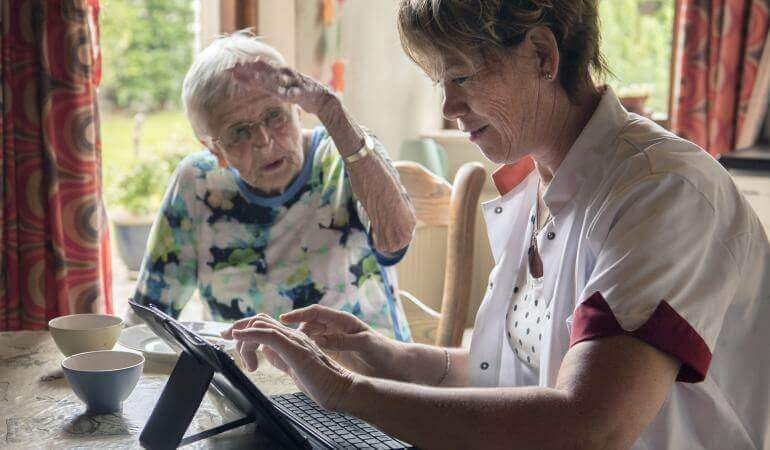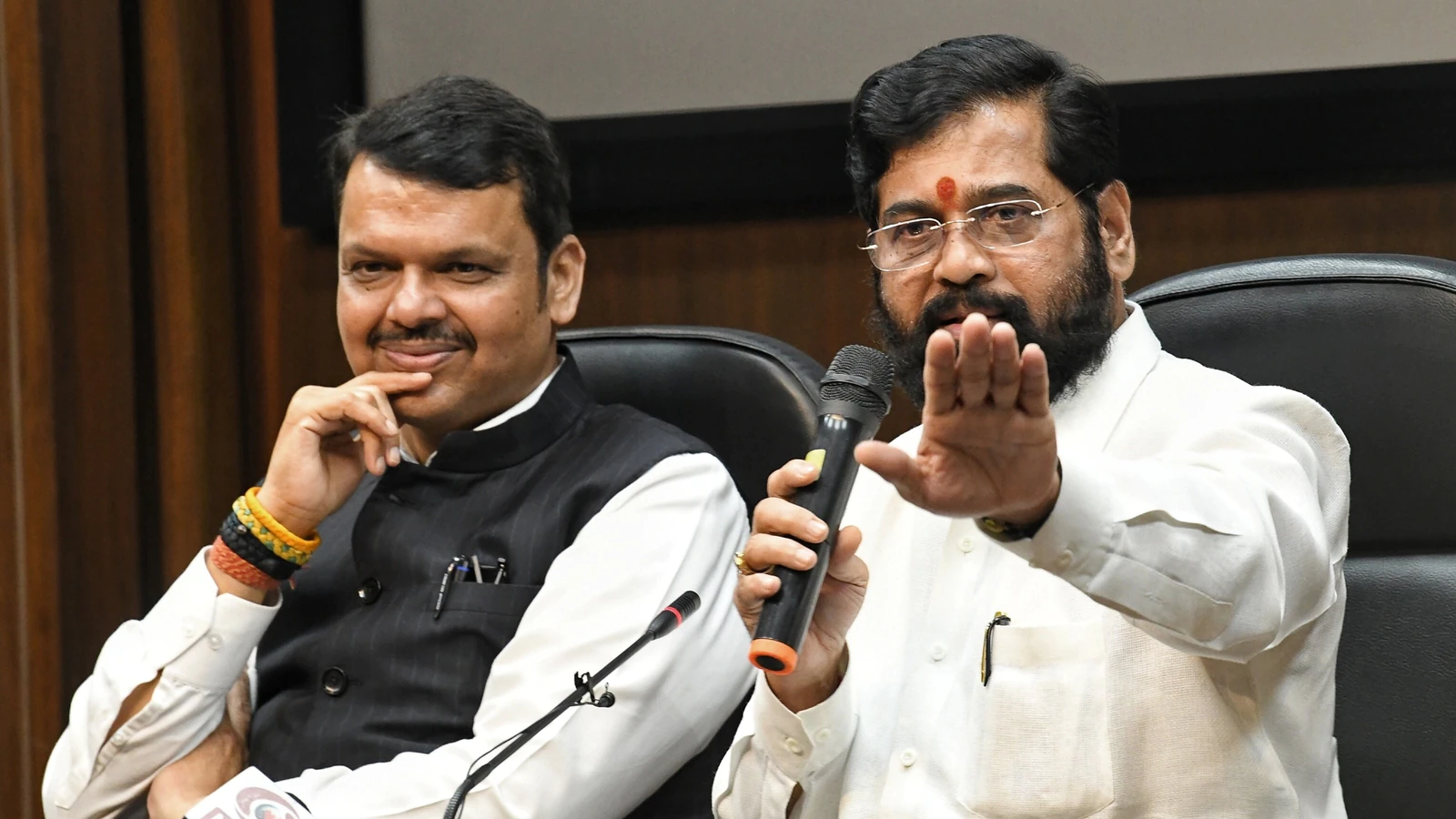2021 saw an increase in the use of e-health in every part of the healthcare industry in comparison with 2019. There were several reasons for this, including the coronavirus pandemic.
Care users and care providers are positive about this development. But there are also concerns. Patients are often unaware of the e-health options open to them. Also, e-health is creating a heavier workload for healthcare professionals. Better knowledge and a change in working methods are needed to improve this situation.
This was the conclusion of the 2021 E-healthmonitor. This survey provides an insight into the current availability and use of e-health.
Healthcare professionals and care users were also asked for their opinions in the 2021 E-healthmonitor.

More digital contact
The survey shows that the use of video calling increased a lot in 2021. In 2021, half of the doctors and nurses had contact with patients and/or next of kin via e-health tools.
In 2019, these tools were hardly used at all. More care organisations now have so-called patient portals, via apps or secured websites.
Patients can use these to access their medical records. In 2021, 79% of general practitioners offered their patients this service. In 2019, this was 42%. Although more and more healthcare professionals are using e-health, the same cannot be said of patients. Researchers are seeing this, for example, for ‘telemonitoring’ (remotely measuring blood pressure, for example). Approximately half of the general practitioners used this tool; most of their patients did not.
Care needs to be organised differently
The ageing population and increasing staff shortages are major challenges for the healthcare industry. The number of people with chronic diseases is increasing too.
E-health has the potential to relieve the growing pressure on health care, but a lot of changes will be needed first. For example, despite the increased use of e-health, healthcare professionals and care users are still not always clear about the best way to use it.
Currently, e-health is regarded as an ‘add on’, but it should actually become a standard part of the care provided by the healthcare industry.
So, care needs to be organised differently. According to the researchers, a change in funding could greatly promote the use of e-health. Healthcare professionals’ and care users’ knowledge of e-health must be improved too. Also, if e-health becomes more accessible and user-friendly, this will show care users (patients) the added value of e-health.
The coronavirus pandemic has boosted the use of digital tools
Although the use of e-health has taken off more and more in recent years, the coronavirus pandemic has given it an extra boost. Both healthcare professionals and care users are more positive about digital contact than they were before the pandemic. As a hospital’s care-innovation project leader says:
“We brought forward the introduction of home monitoring for patients with Parkinson’s, chronic bowel diseases, diabetes and heart failure because of COVID-19. By doing so, we are also trying to reduce the number of patients coming into the hospital.”
The impact of the coronavirus pandemic on the use of e-health is being studied further. The results will follow later this year.
The 2021 E-healthmonitor
The National Institute for Public Health and the Environment (RIVM) carried out the 2021 E-healthmonitor survey with Nivel and the National eHealth Living Lab. In the years ahead, they will continue to monitor this development and gather and share knowledge. The E-healthmonitor survey is carried out on behalf of the Ministry of Health, Welfare and Sport.
https://www.rivm.nl/en/news/use-of-e-health-increases-but-not-always-effective














